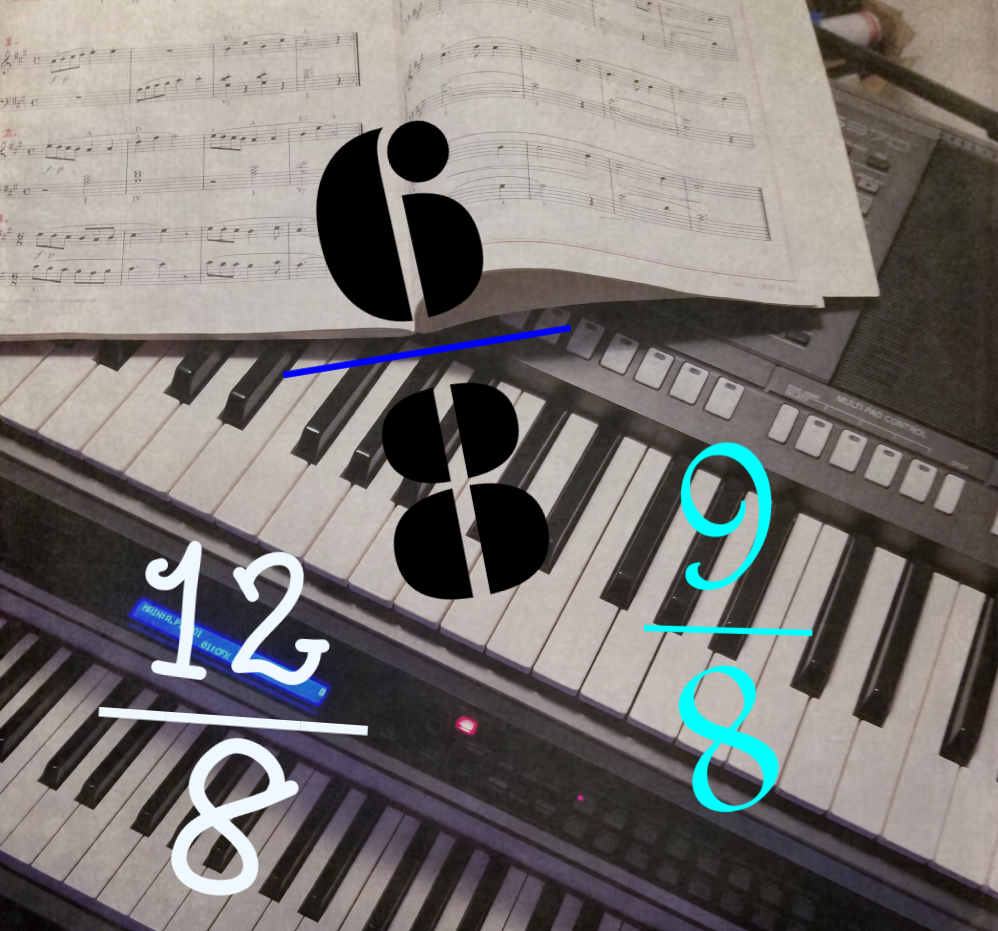
Understanding Compound Time Signatures
Welcome to ReadPianoMusicNow.com My name is Kent D. Smith.
Today’s article is about Compound Time Signatures in sheet music. While this term may sound a little intimidating, the idea behind it is pretty straightforward.
Visit our “SHEET MUSIC WITH LETTERS” store HERE (on this website)
What Are Time Signatures?
Before we delve into compound time, let’s quickly recap what time signatures are. In music notation, a time signature appears at the beginning of a piece or a section and tells us how the beats are organized within each measure (or bar). It consists of two numbers stacked vertically:
- The top number indicates the number of beats per measure.
- The bottom number represents the type of note that receives one beat.
For example, in 4/4 time, there are four beats per measure, and each beat corresponds to a quarter note (crotchet).
Simple Time Signatures
Up until now, you’ve probably encountered simple time signatures. These are characterized by:
- A top number of 2, 3, or 4.
- Beats divided into two equal parts.
- The main beat not being a dotted note.
For instance:
- In 4/4 time, the main beat is a crotchet (quarter note).
- In 2/2 time, the main beat is a minim (half note).
- In 3/8 time, the main beat is a quaver (eighth note).
Continue reading Understanding Compound Time Signatures – from ReadPianoMusicNow.com